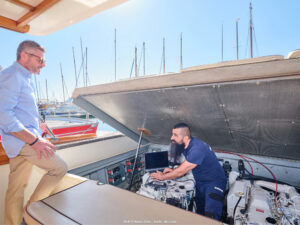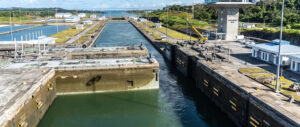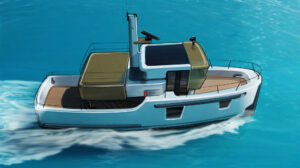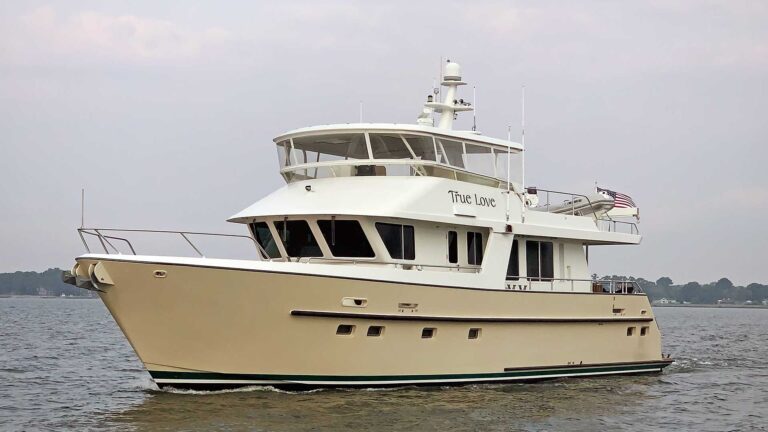Back when I was a fishing charter skipper, I did a lot of overnight trips to the submarine canyons 75 miles or more from my home port in Brielle, N.J. We’d steam to the deep, trolling for tuna and marlin until dusk, and then shut off the Cummins diesels to drop rigged squid baits for swordfish and tuna through the night. An hour before first light, I would fire up the engines and begin trolling again, putting in a few more hours before pulling the lines and heading back to port.
Turning off the engines at twilight, with the nearest land a mile below the keel, never bothered me. I had no concern that they would restart on command. Even though I’m not a seasoned mechanic, I am familiar with the engine’s critical systems. This knowledge lets me prevent problems, be alert for potential ones, and have solutions at the ready.
My process begins before I start the engine. My daily preventive checks include lube oil levels, water cooling system levels, the status of the fuel-water separator and the marine gear oil level. Equally important is to walk (or crawl) around the engine. Use your eyes, nose and hands to find oil drips, salt deposits, rust spots, loose or nicked wiring or cables, or other imperfections. Inspect the terminal connections on your engine’s starting and house batteries to make sure they’re not loose or corroded.
How about the engine’s cooling system? Raw- and closed-water systems require a steady, powerful flow to maintain proper engine temperature. Internal raw-
water strainers must be inspected regularly, especially if you run in shallow water. Docking at low tide often stirs up mud, sand or marine life that gets pulled into the cooling system. Grass, weeds and other debris are a constant threat.

Similarly, a leaking hose, damaged hose clamp, corroded fittings, weeping water pump or worn impeller all suggest potential failure. To monitor my analog engine gauges at a glance, I place a sliver of white tape where the needle marks the correct temperature. For digital displays, you can write the correct temperatures on a pad and keep it near the helm.
Also, read the engine owner’s manual. It contains a wealth of useful information collected over many years. Regular maintenance, as the manual suggests, can help you avoid expensive problems.
Poor maintenance frequently results in a loss of power and performance. The diesel engine is designed to turn up to set number, such as 2500 rpm. If your engine cannot reach this number, something is amiss. It could be a dirty bottom or a bad propeller. Improper engine alignment, bad engine mounts and a bent prop shaft can all contribute to lackluster performance. A poor-performing engine is straining, which can contribute to overheating, additional fuel consumption and a shortened life cycle.
Under certain conditions, it is not unusual for an engine to miss its top rpm—but it should not miss by much. When I would head offshore, my boat would be loaded with fuel and fresh water, a tackle shop worth of gear, spare parts, eight or nine people, and enough food to feed them all. That’s a bad time to check for top rpm. But on the way back, when I was in sight of land, I would always pin the throttles for a minute or two. I could confirm that my diesels would turn up to full rpm.
Today’s engines are more reliable, more fuel efficient, stronger and sturdier than ever. You can run them hard, but you also need to take care of them.
This article was originally published in the October 2024 issue.











